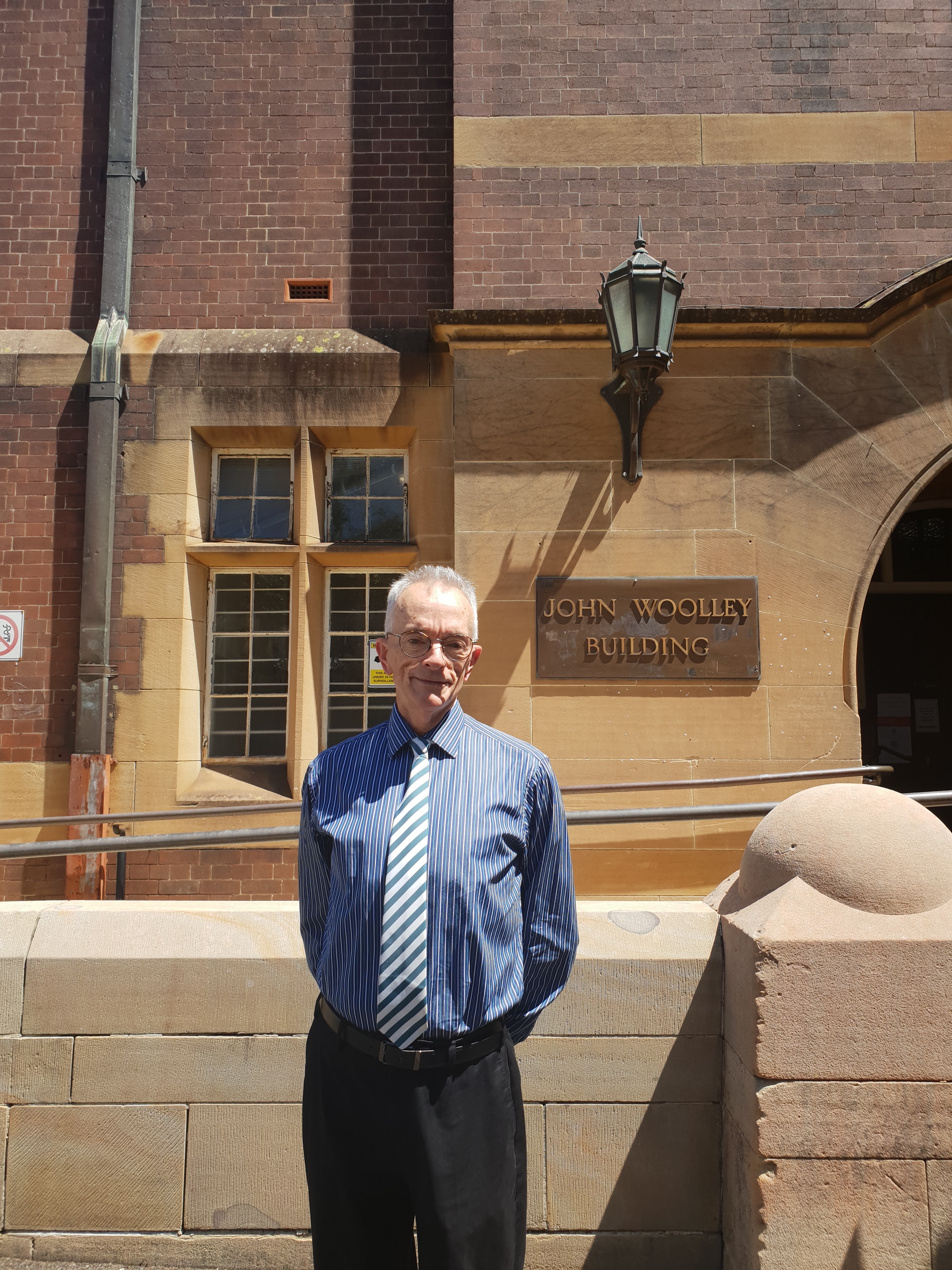Appendix 1. Bruce Gardiner: Educational and Academic History
Bruce Gardiner (born 1953)
1958–1965 Belmore South Public School
- 1965 Dux
1966–1971 Kingsgrove North High School
- 1966–1969 School Certificate English, Latin, French, Mathematics, Science, Geography
- 1970–1971 Higher School Certificate English, Art, Mathematics, Science, Geography
- 1970 International Science School, University of Sydney
- 1971 National Mathematics Summer School, Australian National University
- 1971 Dux
I benefitted immensely from the Wyndham Scheme’s 1962 transformation of NSW school curricula and from attending a non-selective, co-educational state high school staffed by teachers who ranged from the thoroughly competent to the brilliant. It was attended by many friendly and generous fellow students who achieved an exceptionally high matriculation rate, matching Joanna Mendelssohn’s description of the school in Which school?: Beyond Public versus Private (North Melbourne: Pluto Press, 2007). The most inspiring classes I recall were those on the history of the English sonnet, Euclid’s theorems, and projective geometry (in summer school); the most exciting excursions were those to a Hunter Valley sewage farm, contemporary art galleries in Paddington, and a 1970 performance of Tyrone Guthrie’s King Oedipus. I particularly relished studying Islamic art in the self-selected, self-directed component of the HSC Art syllabus. To my high school education, I owe the catholicity of intellectual interests I still pursue.
1972–1975 Undergraduate student at the University of Sydney
- 1972 English I, Pure and Applied Mathematics I, Geography I
- 1973 English II Course 1 Honours, English II Course 2, Thomas Henry Coulson Scholarship
- 1974 English III Course 1 Honours, English III Course 2, James Coutts Scholarship 1
- 1975 English IV Honours in English Literature since 1500, James Coutts Scholarship 2, NSW Institute of Journalists Prize
- 1976 awarded Bachelor of Arts English Honours Class I, University Medal (shared)
By and large, changes to state school curricula are well-founded and enduring whereas those at universities are arbitrary and fickle. So, I was lucky to study at the University of Sydney at the very beginning of a relatively brief period in which students in the Arts Faculty could take as many courses as they wanted in one subject and choose many optional components in them taught in small classes, an opportunity that most universities now deny their students. To study English literature exclusively for three years was an extraordinary opportunity that widened rather than narrowed my intellectual horizons. The dichotomy between specialist and generalist study is entirely false. To a handful of teachers, each teaching quite differently, I owe my greatest intellectual debt, particularly to Adrian Colman, Pamela Law, Bill Maidment, Simon Petch and Jim Tulip, and no less a debt to my fellow Honours students, whose intellectually invigorating company and encouragement sustained me for the last three years of my degree.
1976–1981 Doctoral candidate at Princeton University
- 1976–1981 Fulbright Scholarship
- 1976–1980 Princeton Tuition Scholarship
- 1976–1979 Arthur Macquarie Scholarship
- 1980 Frederick Elgar–Kathleen Karnaghan–A.J.A.Waldock Scholarship
- 1981 Preceptorship in English Composition and Modern Drama
- 1983 Doctor of Philosophy degree conferred after oral examination for a thesis on “The Rhymers’ Club: A Social and Intellectual History” supervised by Samuel Hynes and later published under the same title among a series of volumes on American and English Literature edited by Stephen Orgel (New York: Garland, 1987).
My debts as a Princeton graduate student are in equal measure personal and institutional. Personally, I benefitted most from seminars taught by four eminent scholars – Hans Aarsleff, E.D.H. Johnson, Carol Kay, and D.W. Robertson, Jr. – and from the intellectual camaraderie of my peers, especially my housemates from 1978 through 1980 – musicologist Richard Agee (later at Colorado College, who died in 2023), political scientist John Burke (later at the University of Vermont) and American literature scholar Glen MacLeod (later at the University of Connecticut, Waterbury). Institutionally, I benefitted most from my several sponsors’ generous financial support; the bounty of the university’s Harvey S. Firestone Memorial Library; the university’s proximity to New York City, enabling me to attend many classical music performances and visit innumerable modern art exhibitions, some under the exacting tutelage of James Mollison; and Freddie Laker’s low-cost Transatlantic flights between John F. Kennedy and London Gatwick airports, enabling me to study at London’s libraries and visit its museums and art collections, and enabling the university to fly me across the Atlantic for a job interview.
1981–2021 Academic staff member at the University of Sydney
- 1981–1992 Lectureship in English
- 1992–2021 Senior Lectureship in English
- 1988–1998 teaching in the Women’s Studies Program
- 1988–1997 teaching in the Celtic Studies Program
- 2002–2008 English Honours coordinator
- 2008–2016 teaching in the United States [American] Studies Program
- 2010–2016 teaching in the International and Comparative Literature Program
- 2017 teaching in the Writing Studies Program
As honoured as I first was to become my former teachers’ colleague, I was more honoured later as many former students one by one became mine. I am especially grateful to the colleagues who taught courses jointly with me, as Don Anderson did for fifteen years, until the university abolished the practice as extravagant, and those who helped me so much when I fell ill with HIV/AIDS in 1987, especially Gerry Wilkes for his administrative help and Don Anderson for his indefatigable practical help. And I am no less grateful to the students who enabled me to teach so many courses on so many subjects, all of which entirely depended on the bountiful resources of Fisher Library and the expertise and devotion of its staff. A full list of courses I taught and theses I supervised appears in Appendix 2. I append a photograph of me on my last day at work, about to set sail wearing a replica of the tie James Joyce designed to commemorate the publication of Ulysses.

Figure A.1 A photograph of Dr Bruce Gardiner on his last day at work, about to set sail wearing a replica of the tie James Joyce designed to commemorate the publication of Ulysses. Photo by Elizabeth Connor.